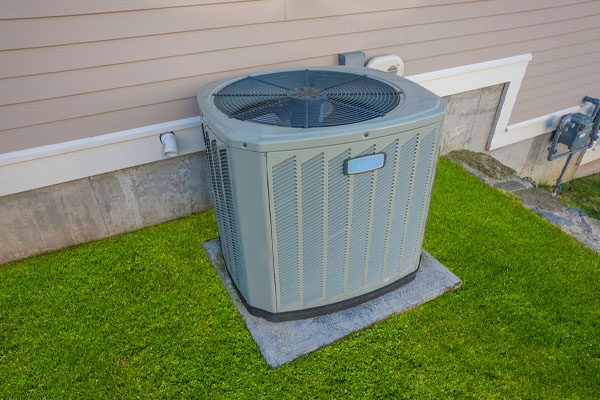
If you’re in the market for a new HVAC system, you may wonder what the different types are. There are quite a few options, and deciding which is suitable for your home can be challenging.
An HVAC system works by circulating air throughout your home to keep it at a comfortable temperature. It is essential for heating and cooling your home and can also help improve the air quality.
Read more: How Does My HVAC System Work?
The three main types of HVAC systems are central air conditioners, furnaces, and heat pumps. Read on to learn about each type and decide which is best for your home.
4 different types of HVAC systems
1. HEATING AND COOLING SPLIT HVAC Systems
Heating and cooling split systems known to be the most common types of HVAC systems. As the name suggests it split into two separate units, one serves the purpose of heating and the other one is for cooling. It noted that these systems come with indoor and outdoor units that can easily identified.
Such HVAC products are equipped with a cooling system outside which uses compressors, refrigerants and coils in order to cool air and a fan to keep away the hot air. These basically the AC units that kept outside the home and run during the summer season.
On the other hand, the heater in the heating and cooling split system placed in a basement and other storage space which uses gas to warm up the house. A traditional thermostat used in this process to control the temperature to keep it within the comfort level.
2. HYBRID SPLIT HVAC Systems
The hybrid system of HVACs carries similar features to the split systems but they do have some basic differences. This particular HVAC system carries a hybrid heating system which is counted as one of its unique features that helps lowering energy costs. It is up to the homeowners to set the key differences.
The capacity to switch between gas power, which is faster and more complete, to electricity which is more efficient and quieter, allows homeowners to determine the way they want to heat up their homes.
This system is also dependent on traditional ducts and thermostats and it offers all the advantages of a split system with an additional benefit of conserving energy and reducing utility bills.
3. DUCT FREE (MINI-SPLIT)
A duct-free or mini-split system comes with a huge upfront cost and a list of benefits for particular needs and applications. It offers an amazing solution for areas where conventional ducted systems are not suitable. It can also be a great alternative to the existing ducted types of HVAC systems.
Duct free units usually installed directly into the particular areas of a home where heating and cooling needed. You are allowed to have four indoor air handling units for each outdoor unit. It offers better independent control which makes it an appropriate choice for hotels or venues allowing tenants to control the individual temperature.
4. PACKAGED HEATING AND AIR CONDITIONING SYSTEM
A packaged HVAC system contains everything including the compressor, condenser and evaporator in a single unit which is usually placed on the roof or near the foundation. It fulfills both the cooling and heating needs of a house.
Its compact size makes it an appropriate option for houses with a space crunch. This HVAC system is very much efficient and easy to maintain. As its heating system is not as powerful as other options, it is generally used in a warmer climate.
In short, the split system the most commonly used HVAC system whereas hybrids are preferred due to their energy-saving capacity. Similarly, Mini-split systems are a suitable choice for picky families or the service industry but the packaged heating is a perfect choice for small houses.

